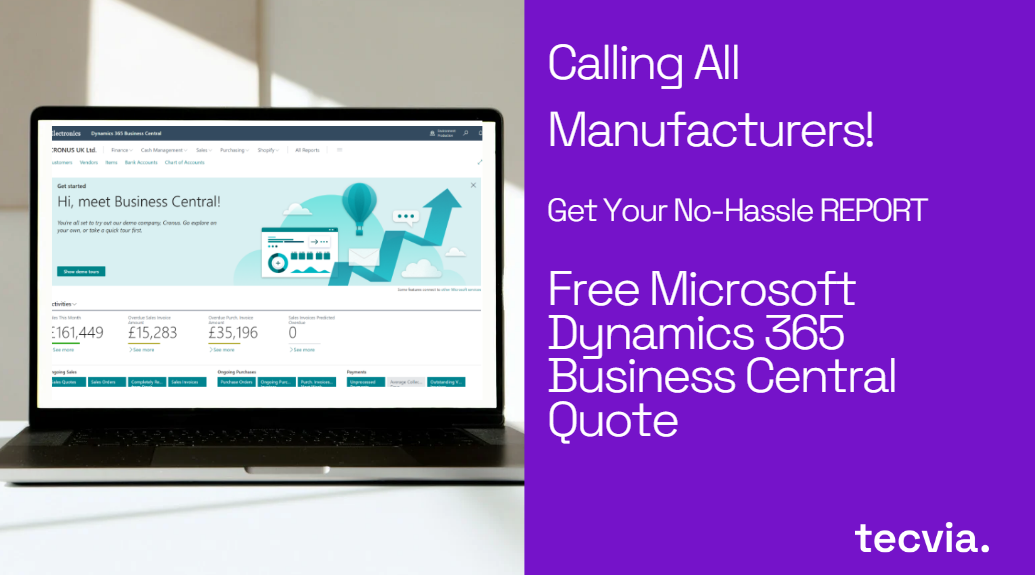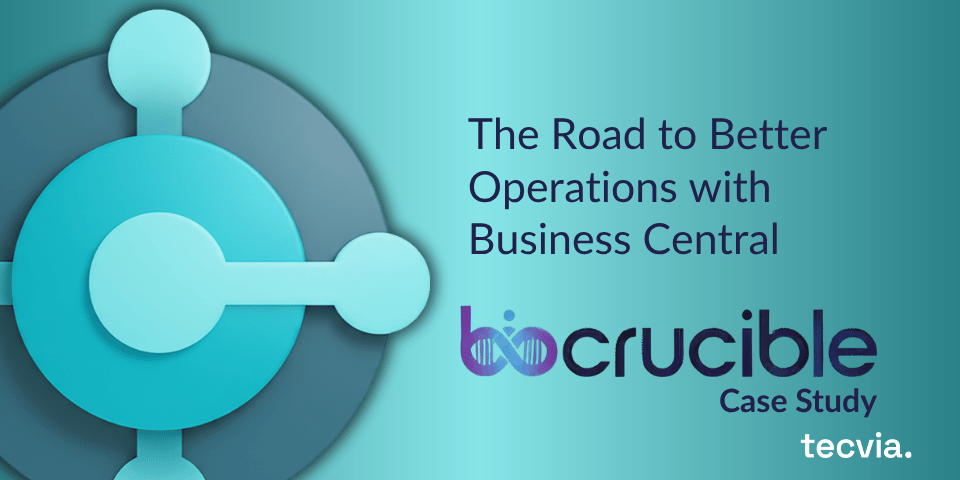Choosing the right ERP solution for your business is a critical decision impacting your operations, scalability, and growth. Two popular options businesses often consider are Microsoft Dynamics 365 Business Central and Odoo. Both are comprehensive ERP systems designed to streamline business processes but cater to different needs and priorities. In this blog, we’ll compare the two platforms to help you decide which one is the best fit for your organisation.
Overview of Microsoft Dynamics 365 Business Central and Odoo
Microsoft Dynamics 365 Business Central is an all-in-one business management solution designed for small to medium-sized enterprises (SMEs). It integrates seamlessly with the Microsoft ecosystem, offering tools for financial management, supply chain, sales, and customer service. Its user-friendly interface and flexibility make it a popular choice for businesses looking to modernise their operations.
Odoo, on the other hand, is an open-source ERP system that offers both a free Community edition and a paid Enterprise version. It provides a modular suite of business applications covering everything from accounting and inventory to CRM and e-commerce. Odoo is known for its flexibility and customisation options, making it attractive to businesses with specific requirements.
Key Comparison Areas
Let’s dive into the key areas where these two ERP solutions differ:
1. Ease of Use and User Experience
Business Central: One of the standout features of Business Central is its intuitive, user-friendly interface. Built on the familiar Microsoft 365 platform, it offers a seamless experience for users already accustomed to tools like Outlook, Excel, and Teams. The learning curve is minimal, and the system is designed to be easily navigable, even for non-technical users.
Odoo: While Odoo offers extensive functionality, its interface can vary significantly between different modules. The open-source nature means different teams have developed various components, which can create inconsistency. Users may need more time to adapt to different interfaces across modules.
Winner: Business Central takes the lead here with its consistency and seamless integration with Microsoft’s productivity tools.
2. Functionality and Features
Business Central: Business Central offers a comprehensive range of features, including financial management, project management, inventory, and supply chain tools. It also integrates natively with Power BI for advanced analytics and reporting. The platform is highly modular, allowing businesses to add functionality as they grow.
Odoo: Odoo provides an extensive suite of applications covering virtually every business function imaginable. From basic accounting to advanced manufacturing and e-commerce, Odoo’s modular approach means businesses can start small and add modules as needed. The Community edition offers basic functionality, while the Enterprise edition includes advanced features.
Winner: It’s a tie! While Odoo offers more modules out-of-the-box, Business Central’s tight integration with Microsoft tools and superior user experience make it equally compelling for SMEs.
3. Customisation and Flexibility
Business Central: Business Central is highly customisable through its integration with Power Platform. Businesses can create custom workflows, automate processes, and build apps without extensive coding knowledge. The platform uses an extension-based approach that preserves the ability to receive updates while adding custom functionality.
Odoo: Odoo excels in customisation due to its open-source nature. Businesses can modify virtually any aspect of the system to match their specific requirements. While this provides maximum flexibility, it often requires technical expertise and can make future updates more complex.
Winner: Business Central edges ahead with its low-code/no-code customisation options and managed update approach, making it more accessible for businesses without dedicated technical teams.
4. Integration Capabilities
Business Central: As part of the Microsoft ecosystem, Business Central integrates effortlessly with tools like Microsoft 365, Power BI, Teams, and Azure. This native integration creates significant productivity benefits and reduces the need for complex third-party connectors.
Odoo: Odoo offers integration capabilities, but connecting with external systems often requires third-party connectors or custom development. While possible, these integrations typically lack the depth and reliability of native Microsoft connections.
Winner: Business Central wins decisively, thanks to its native integration with the Microsoft stack.
5. Pricing and Total Cost of Ownership
Business Central: Business Central offers transparent pricing starting at £52.80 per user per month for the Essential plan and £79.40 per user per month for the Premium plan. This includes hosting, updates, security, and support from Microsoft, making the total cost of ownership predictable.
Odoo: Odoo’s pricing appears attractive initially, with the Community edition being free and the Enterprise edition starting around $31 per user per month. The reality is that businesses often need additional costs for hosting, customisation, maintenance, and support, which can significantly increase the total cost of ownership.
Winner: Business Central is the more cost-effective choice when considering the total cost of ownership for SMEs.
6. Support and Reliability
Business Central: Microsoft provides comprehensive support through multiple channels, including 24/7 technical assistance and guaranteed service level agreements. The platform benefits from Microsoft’s global infrastructure and financial stability, ensuring reliable performance and ongoing development.
Odoo: Support varies significantly depending on the version and implementation. The Community edition includes no official support, requiring businesses to rely on community forums or paid third-party assistance. Enterprise customers receive support, but quality can vary.
Winner: Business Central provides superior support and reliability backed by Microsoft’s resources and commitment.
7. Scalability
Business Central: Business Central is designed to grow with your business. Its cloud-based architecture automatically scales resources based on demand, and the modular structure allows you to add new features and users as needed. The platform supports multiple currencies and languages for international expansion.
Odoo: Odoo can scale effectively, and its modular approach means businesses can add functionality as they grow. The open-source architecture provides flexibility for businesses with complex requirements, though this may require more technical planning as the system expands.
Winner: Both platforms offer good scalability, but Business Central’s managed cloud approach provides easier scaling for most SMEs.
Conclusion: Which ERP is Right for You?
Both Microsoft Dynamics 365 Business Central and Odoo are capable ERP solutions, but they cater to different types of businesses and technical approaches. If you’re a small to medium-sized business looking for a reliable, user-friendly, and cost-effective ERP system that integrates seamlessly with your existing Microsoft tools, Business Central is the clear winner. Its managed cloud approach means you can focus on growing your business rather than managing technical infrastructure.
On the other hand, if you’re a business with highly specific requirements that require extensive customisation and you have the technical expertise to manage an open-source platform, Odoo may be worth considering. The open-source flexibility comes with increased complexity and responsibility for maintenance and support.
At Tecvia, we specialise in implementing and supporting Microsoft Dynamics 365 Business Central to help businesses like yours streamline operations and drive growth. If you’re considering an ERP solution, we’d love to help you explore how Business Central can meet your needs.


